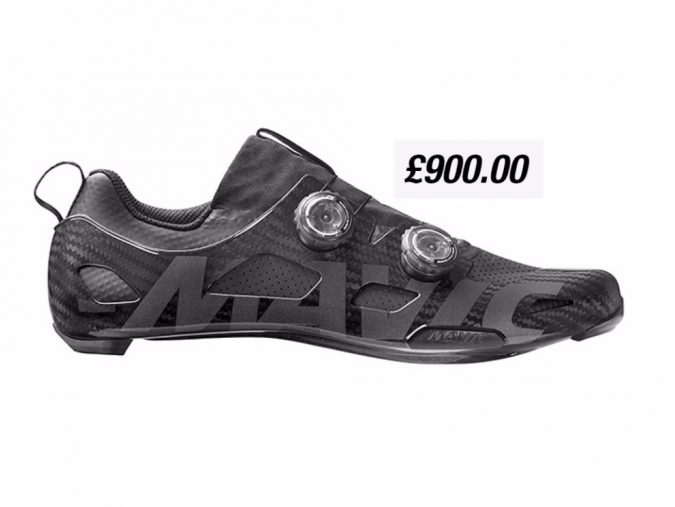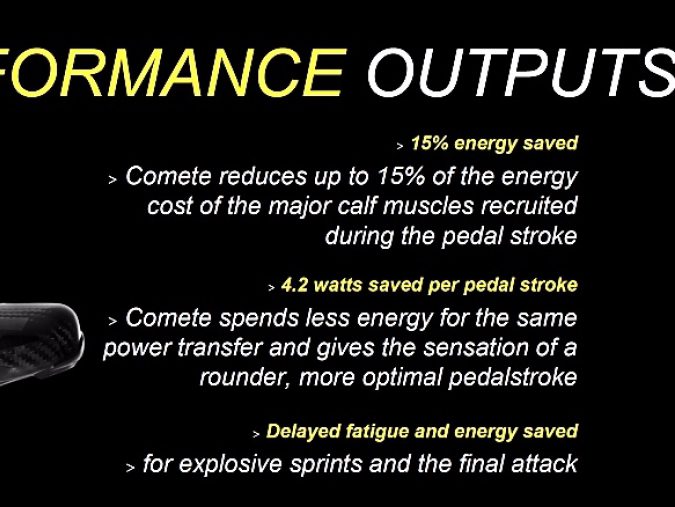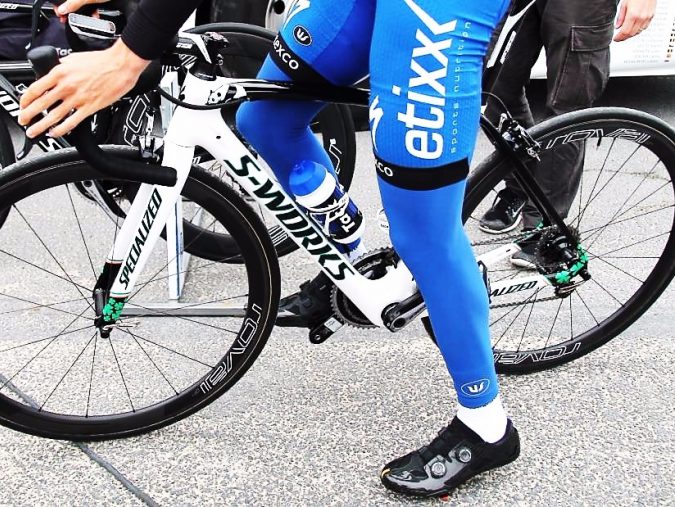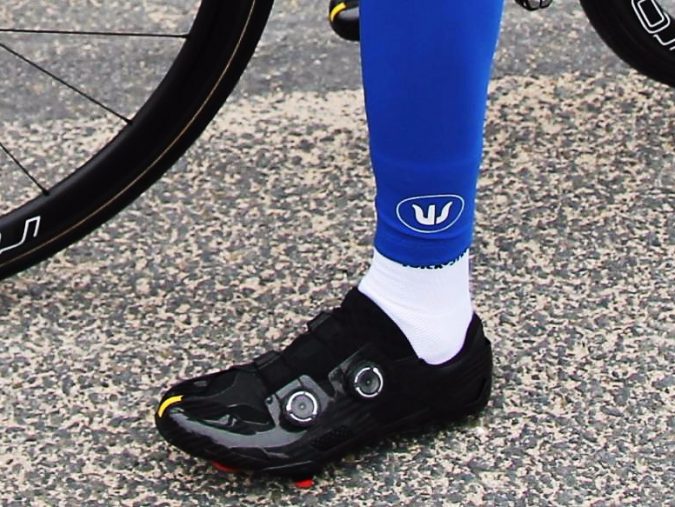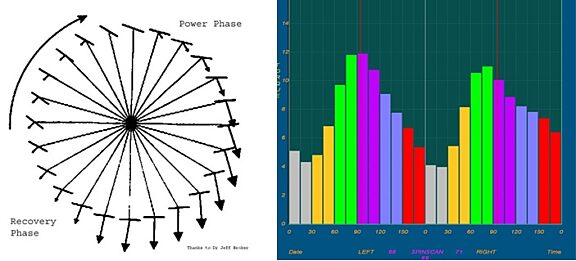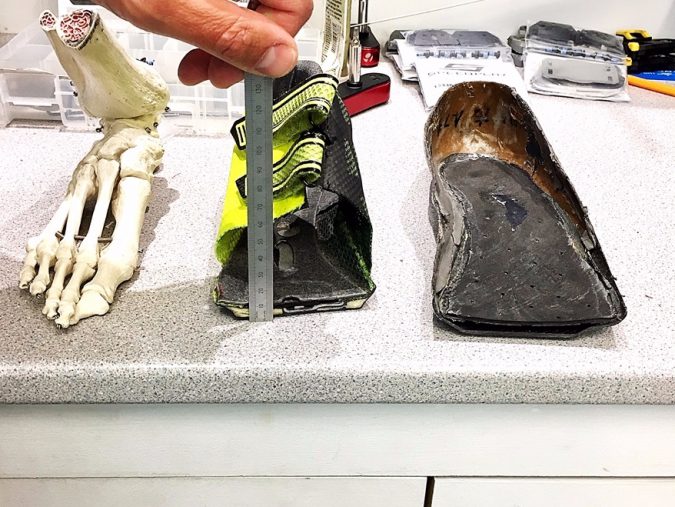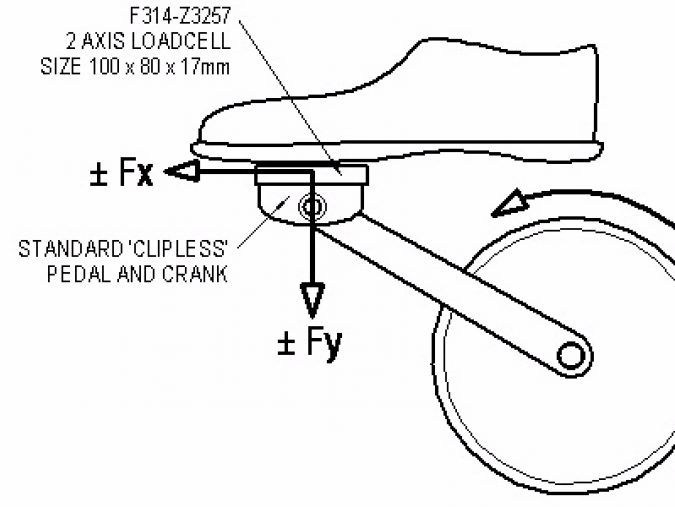Can a cycling shoe ever be worth £900?
The simple answer is yes of course. Well designed things, built by talented folk often cost a lot of money. Especially if the factories or fabrication studios are cited in Europe or North America. It would be disingenuous of me to say anything else, as Cyclefit designs and commissions some of the most expensive bicycles in the world by bewilderingly skilled and committed people in Boston and Milan. And you know what every single one of these bicycles is actually under-priced, just ask Ben Serotta. Nobody at Seven or Passoni is getting wealthy making these hand-crafted one-off custom bicycles. We have Seven's and Serotta's booked in for servicing every week that are a decade old, with tens of thousands of miles on board and look brand new. Authentic quality is phenomenally difficult and expensive to sustain.
No the better question is whether these particular Mavic shoes are worth £900 a pair?
"Full-on power. The Energy Shell Carbon offers 360° power transfer and transmits all the energy delivered by the racer to the bike - a game changer in cycling shoe construction"
Follow the science
In truth we really don't know. Although we are Mavic dealers we have not actually seen a pair, never mind try them out riding. And to be fair to Mavic they did invite me and Jules to France for a full product briefing recently, but the dates didn't work for us. In general we are supporters of Mavic products and their approach to R&D. So this journal is in no way intended as an outright critique. But a £900 price tag and claims of 4.2 watts per pedal-stroke are exciting numbers and therefore deserve to be examined. We can get a few early clues from the information that Mavic has published. The biggest hint is the few words from the pull quote above:
"The Energy Shell Carbon offers 360° power transfer"
And that one phrase is electric in the niche world of bike-fitting. Jules and I were early and vociferous opponents of the traditional pedalling assumptions based around the importance of the upstroke - summed up in our Journal Correct Pedalling Technique - believing decades ago that we possessed neither the hardware (strong enough hip and knee flexors) or software (Proprioception) to make an upstroke meaningful. We believed that effective pedalling is wonderfully simple and all about the push down using hip-exensors (gluts), knee extensors (quads) and transferred through a fixed and plantar-flexed ankle by strong calf muscles.
Pedallers in Rehab!
Indeed we always have a few athletes whose learned adapted pulling-up is so pronounced that they have to be actively coached out for efficiency and injury prevention. We are currently working with three professional riders who have all adapted to pulling up on one side as a reaction to a serious injury - see the SpinScan above.
Comète Ultimate Advantage
So if Mavic are asserting that the Comete gives the athlete continual access to a 360 degree pedal stroke - i.e an upstroke, that is not accessible with a conventional shoe, then we would have a question mark? If however they are saying that the carbon upper-shell maximizes very short intense standing efforts, for example the top of climbs or initiating an attack or sprint? then that may indeed have some veracity. Again we would love to see the data
Can You Ever Access The Upstroke?
Our experience is the upstroke can only effectively be accessed:
* When standing
* At relatively low cadences and high torques
* For a very short time only because the hip-flexors are relatively small postural muscles
Close To The Axle
Closer to The Axle
There is a widely held view that being closer to the pedal spindle bestows efficiency. We would generally support that view because lowering the vertical stack to the pedal spindle in theory makes the angle of the heel easier to control by way of your ankle plantar-flexors (calf muscles). And we are huge fans of the role of the calf muscle in the pedal-stroke at Cyclefit. Furthermore Mavic's claimed 4.5mm stack is certainly class leading and half the average top-end shoe. Backstage at Cyclefit you will find many shoes that Jules has cut in half to measure the stack, offset and canting angle. It is an obsession.
Conclusion
Again the big caveats: we have not seen the shoe or seen Mavic's data!
But in general we would say that there is potential for the Mavic Comète Ultimate to deliver on at least one or two of the claims - closer to the axle is generally better and 4.5mm is certainly very low. And there is no dispute that a lighter shoe is more efficient because alongside aerodynamic drag, rotational weight is the big enemy of kinetic power loss. And yes some kind of structured upper could give a small and fractional connection uplift, but in our opinion only really relevant on very short, intense standing efforts. But as to whether the Comète Ultimate shoe is worth £900 will come down, we think, more to criteria such as: fit, comfort, construction quality, vibration damping through the sole, as much as the science and data. Which we still want to see by the way. did we mention that?

